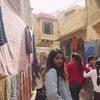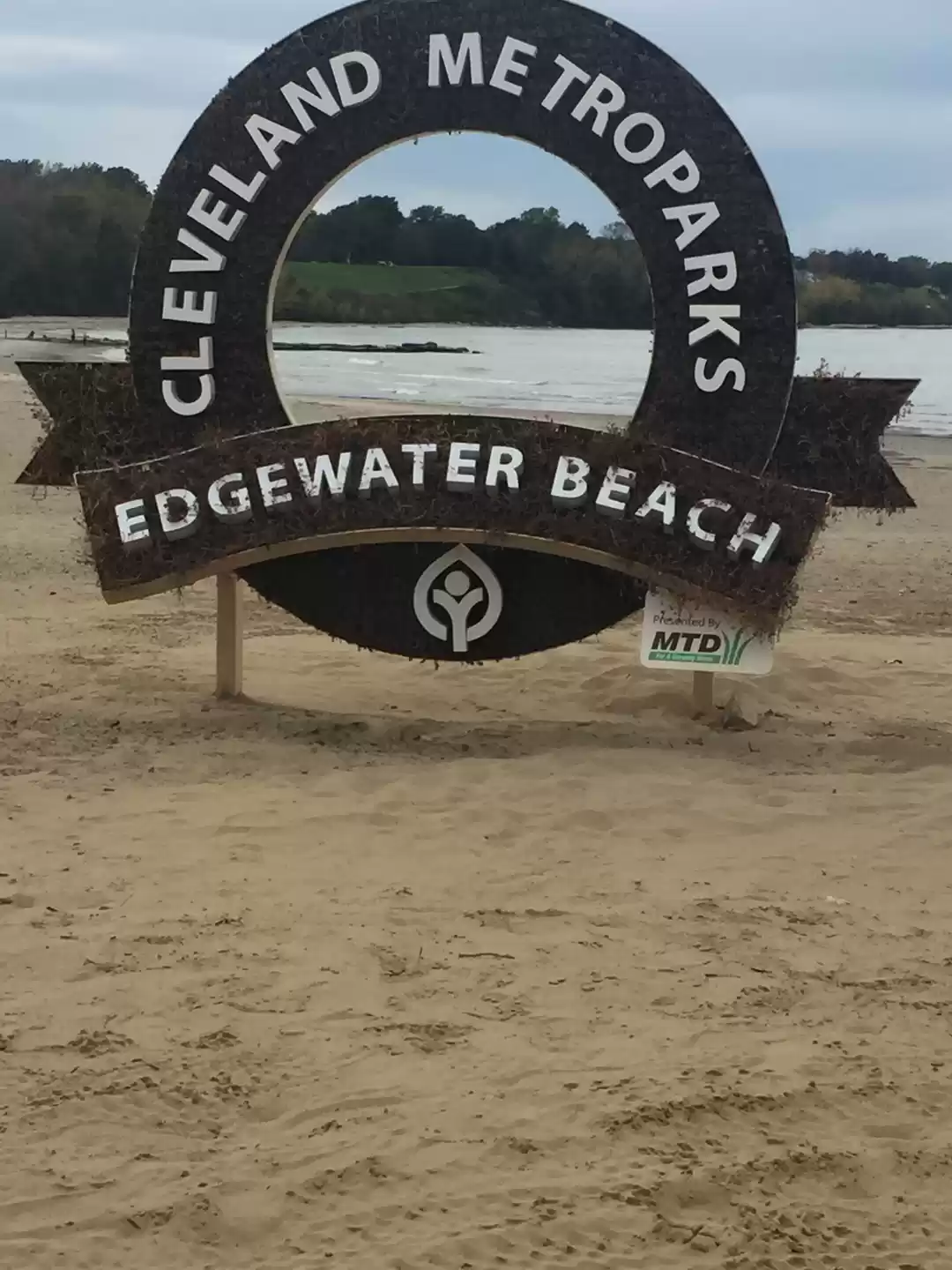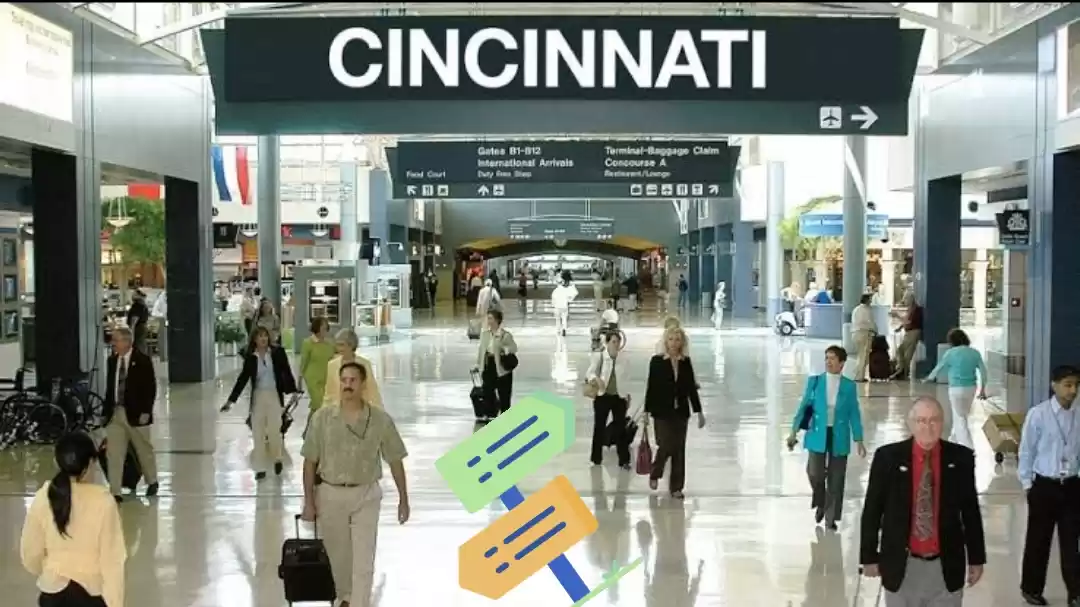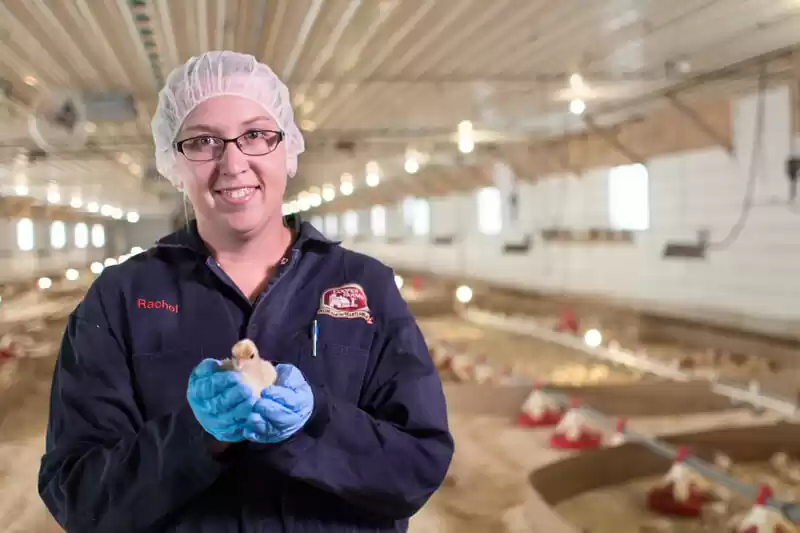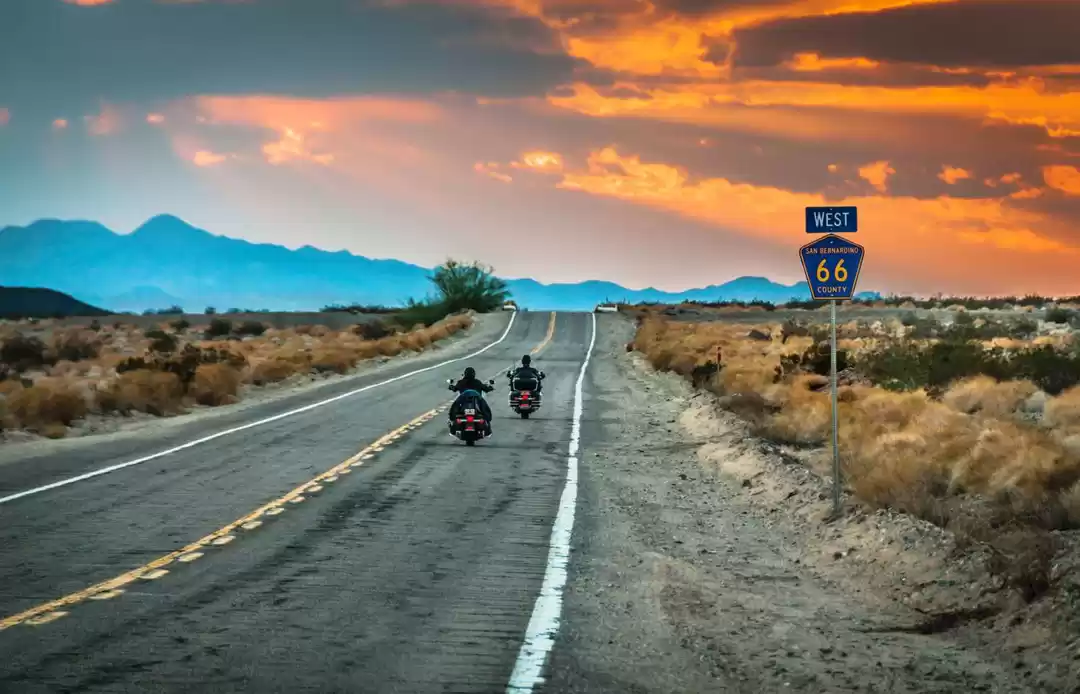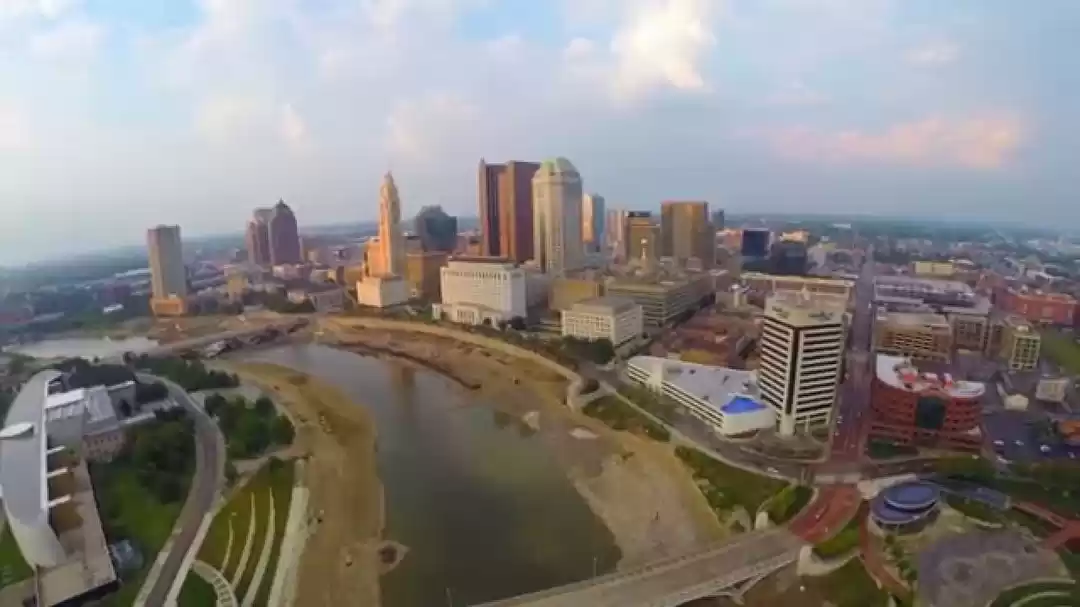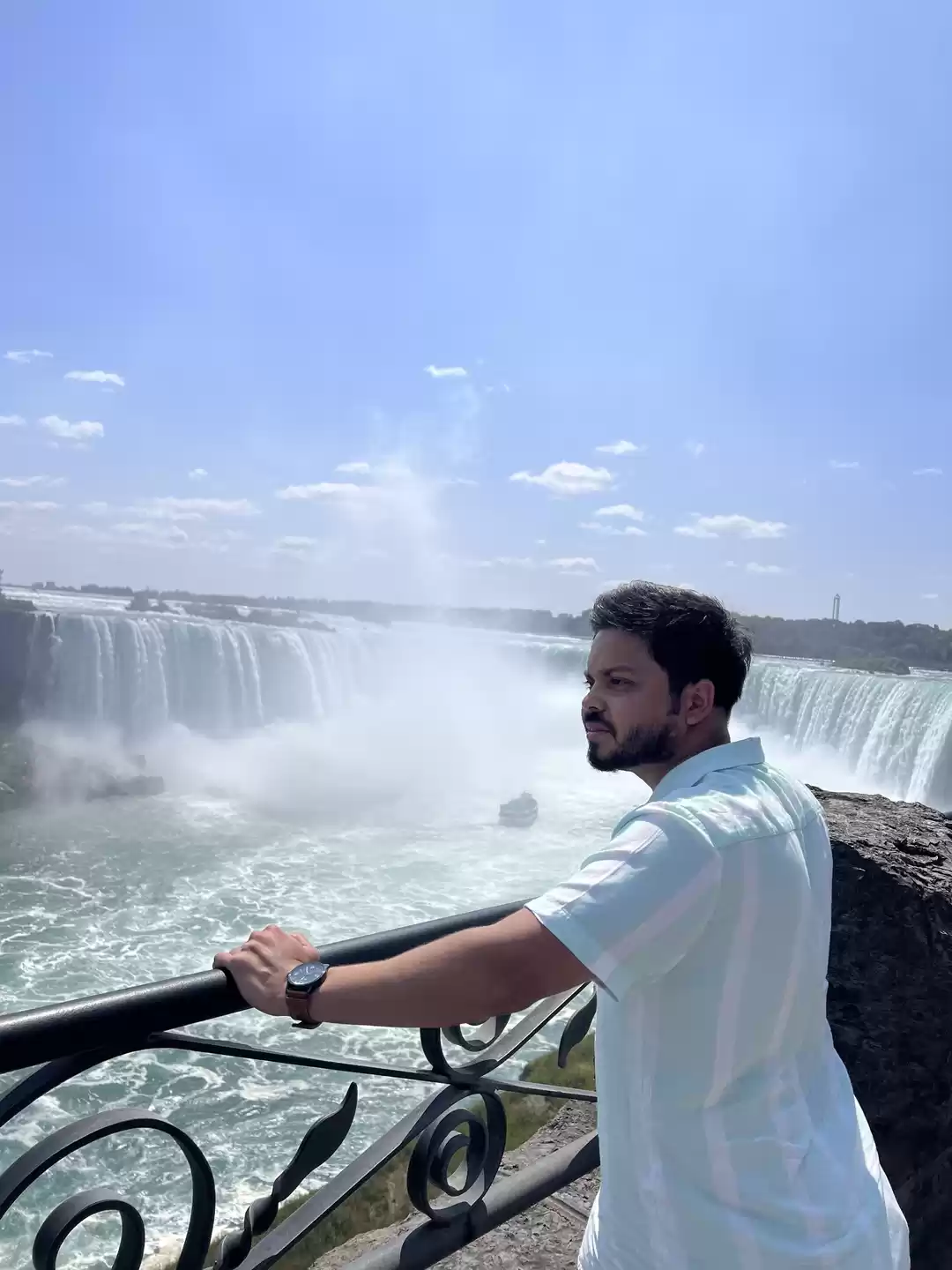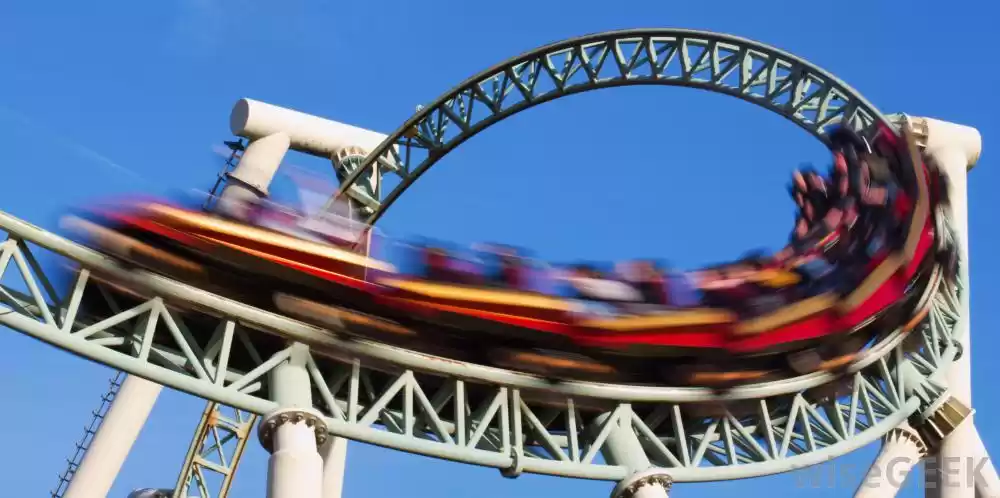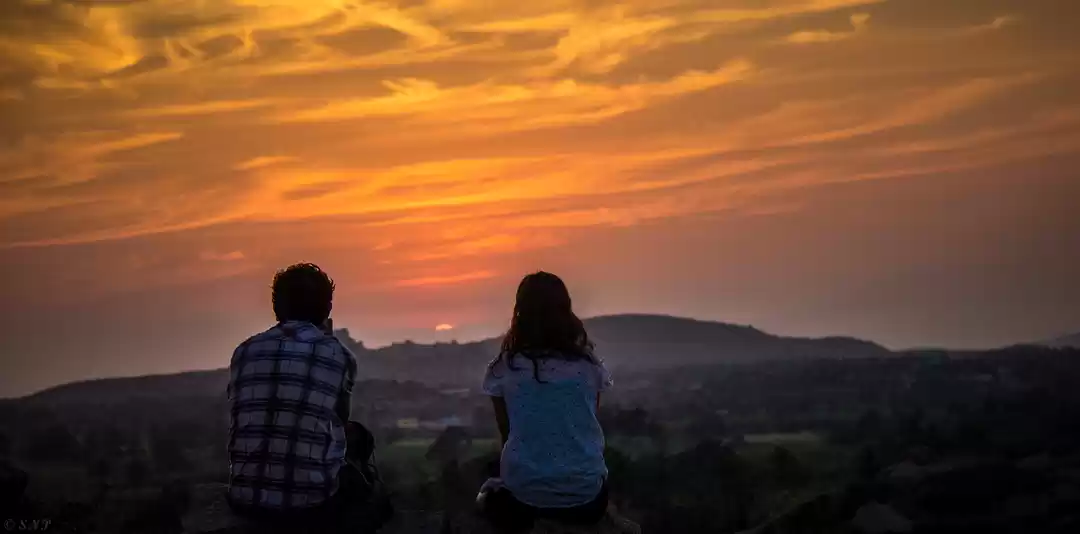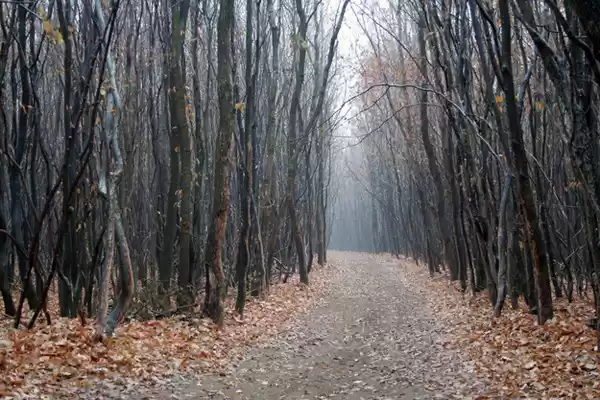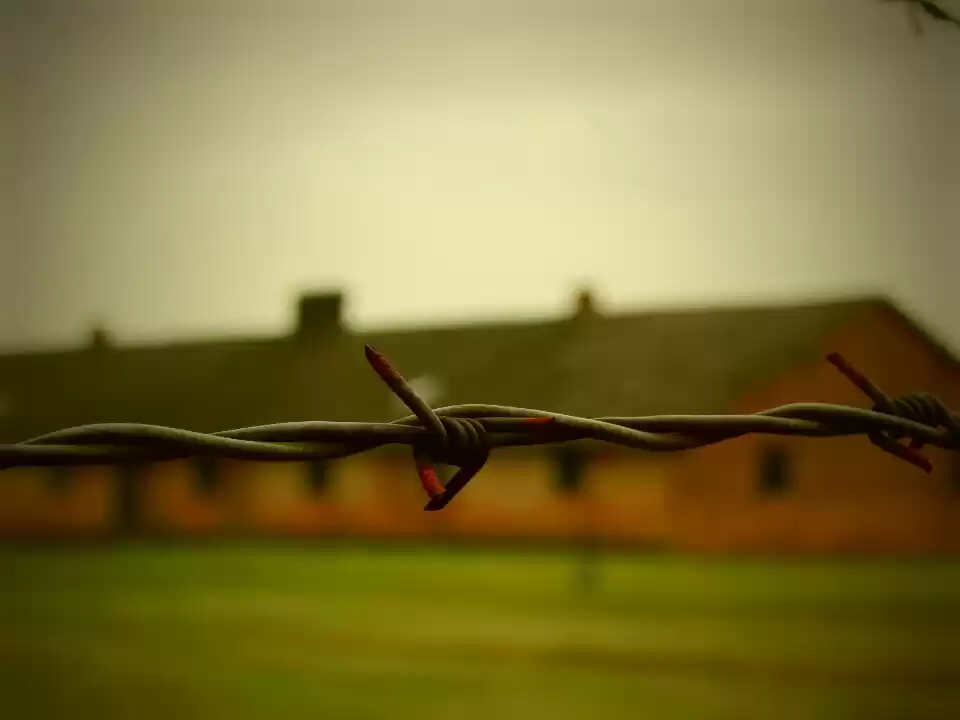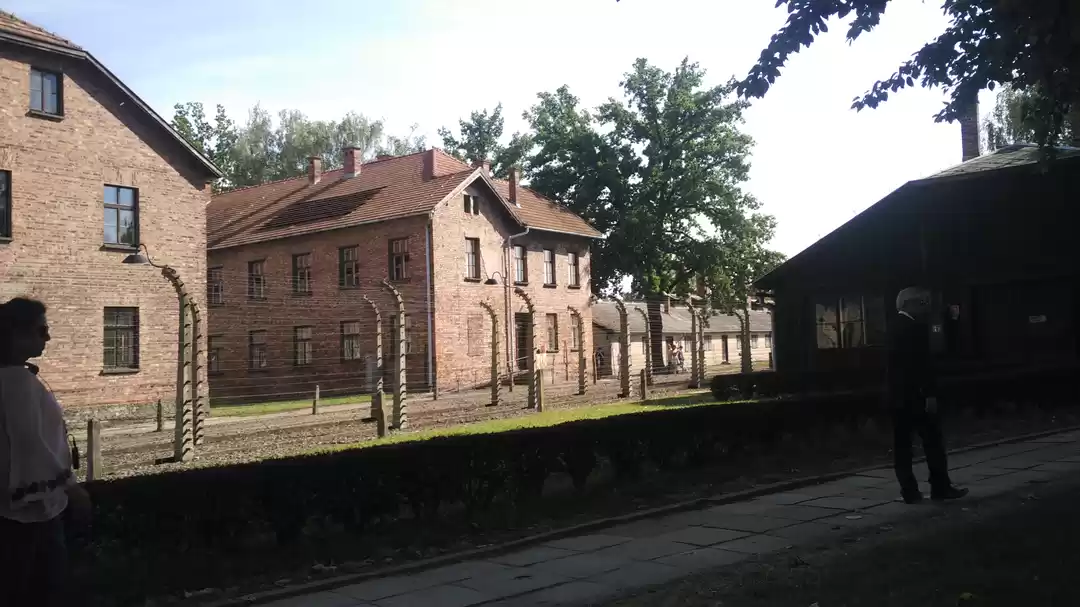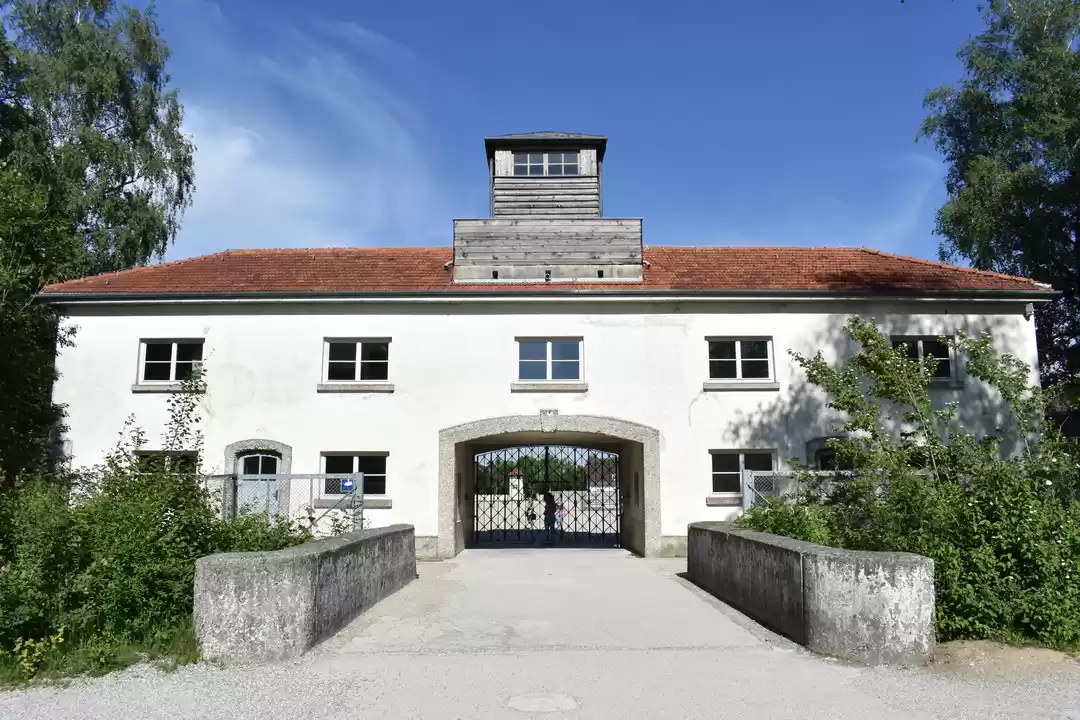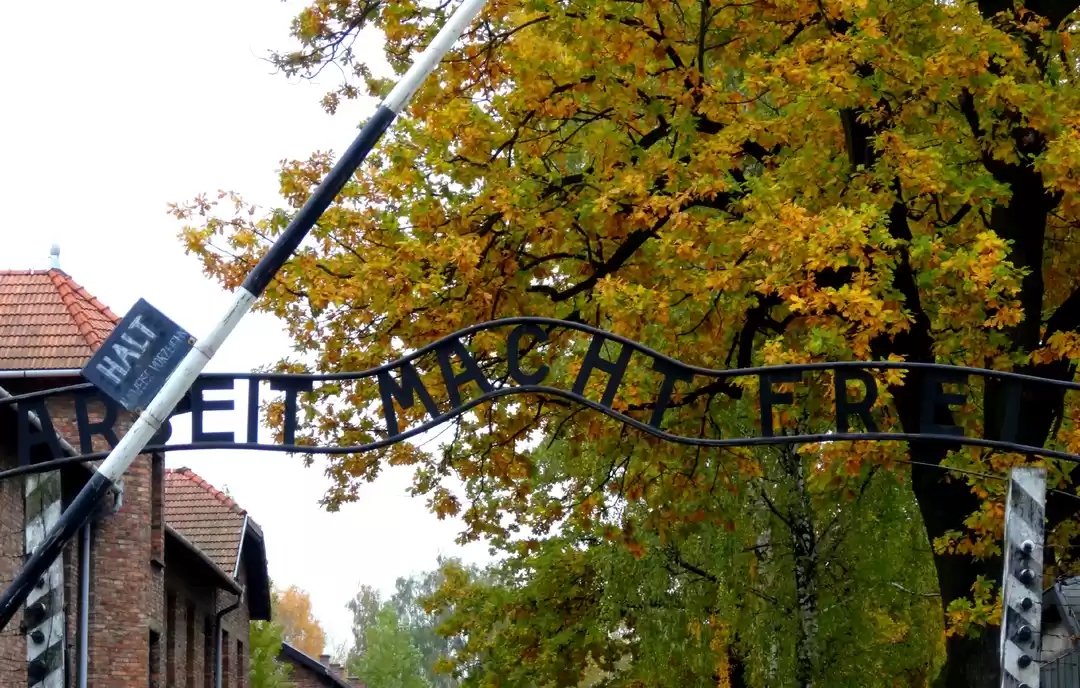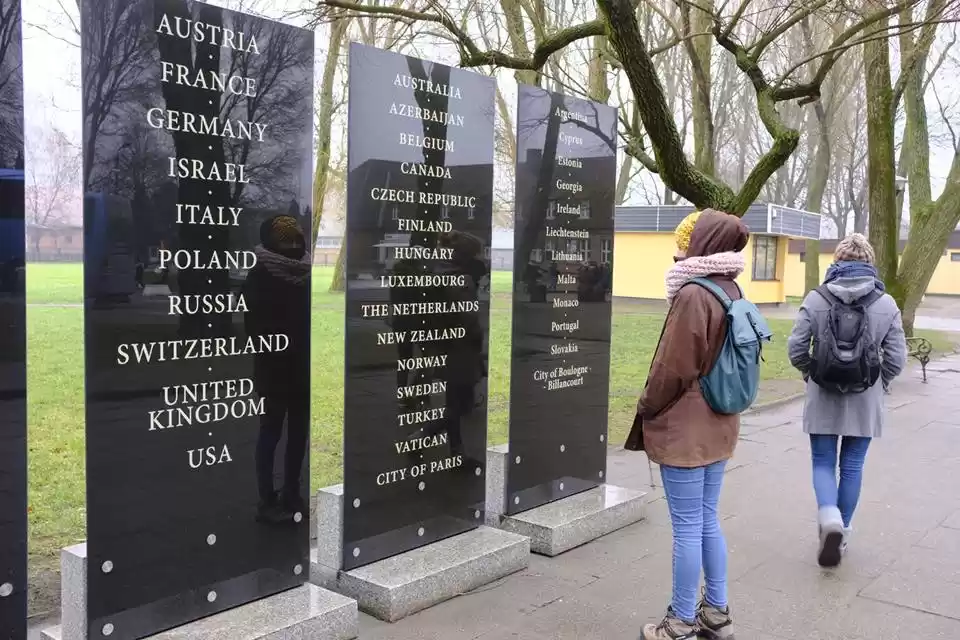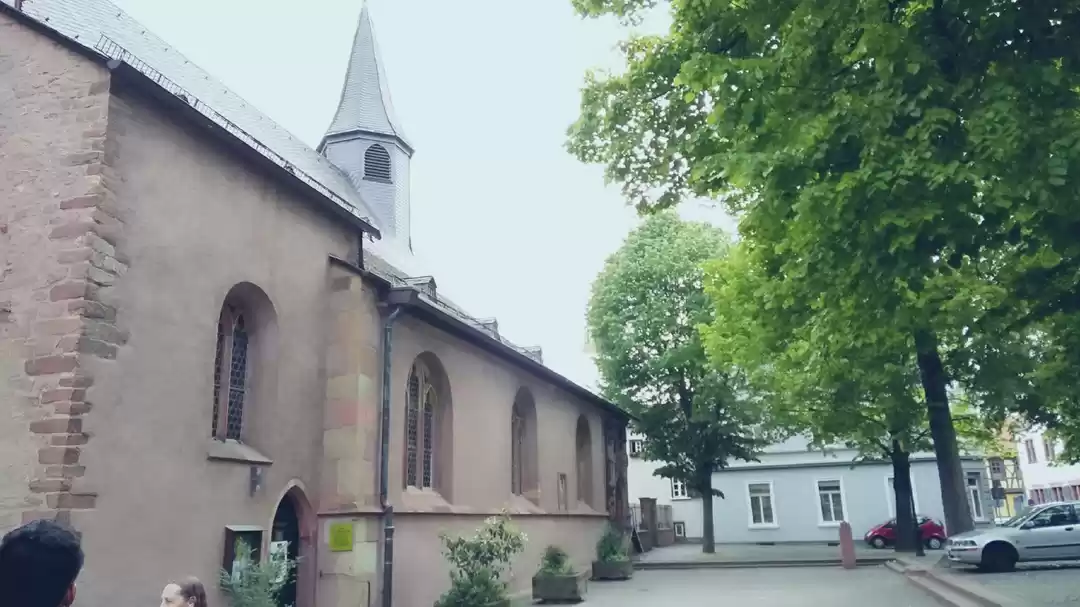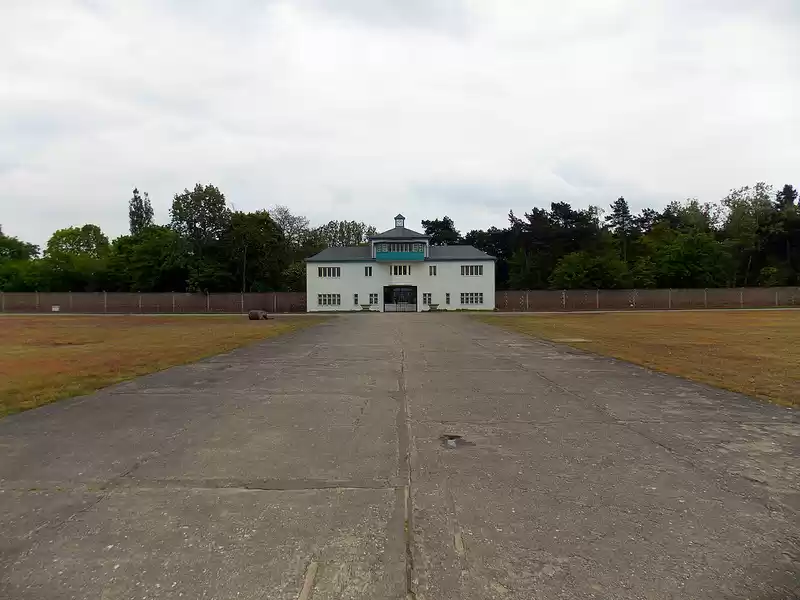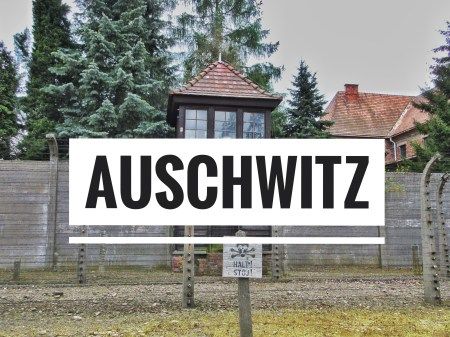
This post is one of the most difficult post I ever had to write because I don’t know If I can do justice to the place, the suffering, the inhuman activities which took place in Auschwitz.
Let me tell you something which I'm very embarrassed about. I didn’t know about concentration camps until I was 20 and visited Dachau Concentration Camp in Munich. I knew who Hitler was but I had no clue what he did and how he did those things. I felt sorry for myself and for everyone else who didn’t know about the Holocaust. This part of history should never be forgotten, because those who forget the past are condemned to repeat it.

The Nazis built quite a lot concentration camps, and I thought Auschwitz was divided into sections but in reality they built several camps around the medieval city of Oswiecim in Poland which is 66 km away from Krakow. The local population of the city Oswiecim were evicted in 1940-1941, 1000 homes demolished and others were assigned to the high end officers of the Nazis.
Auschwitz I- The main concentration camp made in 1940 which served as the headquarters for SS and an original camp to carry out experiments on the prisoners.
Auschwitz II- An extermination and concentration camp 3 km away from Auschwitz I, was the place where prisoners would be killed in the gas chambers.
Monowitz – A labor camp which was completed destroyed by the Nazis to hide their criminal activities.
Auschwitz I
The camp which is now turned into a museum and has been almost untouched after it was left by the Nazis. It was a rainy and gloomy day when I reached Auschwitz with no expectations but a curious mind. The gate reads “Arbeit Macht Frei” which translates to “Works Makes You Free”. This slogan can be found in all the concentration camp gates.
Auschwitz I is now a museum where we went all around the camp, listening to our guide who explained us everything in detail and gave us ample time to reflect what we saw. Taking a guide is recommended if you really want to know what went around in the camp ( I was in an English group).
Auschwitz was the largest Nazi concentration and death camp where in the years 1940-1945, the Nazis deported at least 1,300,000 people to Auschwitz out of which
1,100,000- Jews
140,000-150,000-Poles
23,000- Gypsies
15,000- Soviet Prison Of War
25,000- Prisoners From Other Ethnic Group.
Walking through Auschwitz, I saw the rooms where the Nazi doctors carried out experiments on the prisoners, the death march area, black wall where prisoners would be shot after being held captivated in a dark room, some eventually died because of suffocation or starvation, the gas chambers. The most hardest part for me to see was the rooms which had all belongings of the prisoners who came to the camp expecting a life where they would work and go back to their normal life. There were rooms which had suitcases with name and address written on them, room full of specs, room full of crockery, room full of shoes, room full of clothes, room full of human hair which the Nazis used to make socks and carpet, room full of ornaments, room full of dolls which probably little girls got along with them and all sorts of things you cannot imagine.

All of the prisoners belongings would be taken away, hair shaved as soon as they entered the camp and they would be provided with a striped clothing with a number which would be tattooed to their wrist. That was their identity. They weren’t humans anymore. They didn’t have a name or family, all they had was a number.

There’s one distinct story I remember reading while going around Auschwitz I is of a young girl and her mother. The girl who is now a grown up woman narrated the story when she visited Auschwitz on their 70th anniversary of liberation by Soviet Red Army troops in 2015. Her mother and she were separated in front of the black wall where people would be shot without any reason, the last thing her mother told her was that her specs was left with her daughter. When the woman I am talking about came back to Auschwitz on the liberation anniversary, she cried saying, “My mother’s specs are also here in this room” looking at the room full of specs and glasses. I don’t really know if you got the feeling of heartbreak what I felt when I read that. Writing about the holocaust and concentration camp is never easy, I suppose.

The railway tracks which brought the prisoners in, the place which hung prisoners who tried to escape, the underground room where more than 500 people would stand after a day of extreme labor and ultimately die, everything is still there. Is it weird to say that I felt numb after seeing everything? I mean, we cry about the tiniest things which probably won’t even matter whereas people have suffered and have been tortured to such extreme cases. I definitely reflected upon my life after spending two hours in Auschwitz I
Birkenau
The largest camp which is 3 km away from Auschwitz I was the main extermination camp where prisoners came from all around in packed trains with no idea where they were headed.

“I will tell you it is not a sanatorium you have come but a German concentration camp from which the only exit is up the chimney. If anyone doesn’t like it, he can go and throw himself against the high tension wires straight away. If there are any Jews in the convoy they are not entitled to live more than two weeks; priests have one month and the remainder three months.”
–Speech of welcome to newcomers selected for work by SS, commander of Auschwitz I
After reaching, all the prisoners were segregated by the SS guards. The weak men and women, pregnant women, children, old people were directly taken to the gas chambers because they wouldn’t be of any use to the Nazis .Those who were physically strong and looked like they could do labor were selected to stay in the camp and die a slow death. Gas chambers are rooms where prisoners would be taken with the hope of getting a shower but would be exposed to Zyklon B chemical coming out of small holes on the roof. This chemical would suffocate them and they would be dead within no time. After which the SS guards took them to the chimney station and put those bodies into what looked like a pizza maker to me and burn them, they would go away as black air from the chimneys. The man would never know why didn’t his pregnant wife not come back after taking a shower in the chamber.

Prisoners held in concentration camp died from overwork, starvation, punishments, exhaustion after prolong roll calls, torture, appalling living conditions, being used for experiments or arbitrary execution. As said earlier, those too weak or sick to work would be picked by the SS guards during roll calls or infirmary and sent to the gas chambers or murdered with phenol injections.

Birkenau once held about 90,000 prisoners in 1944. Over the period of four and half years over 1.1 million people died in the concentration camp. Out of which 90% were Jews.
"Nothing belongs to us anymore; they have taken away our clothes, our shoes, even our hair; if we try to speak, they will not listen to us, and if they listen, they will not understand. They will even take our name, and if we want to keep it, we will have to find in ourselves the strength to do so, to manage somehow so that behind the name something of us, of us as we were, still remains".-Primo Levi, If This Is a Man 1947
( Primo Levi was an Italian Jewish chemist and writer who is also a Holocaust survivor, “If This Is a Man” is one of his published books)
Honestly, after writing this post I am not sure if I did justice to Auschwitz. There’s a lot to understand, see and think. Before writing this I was insecure about letting this post out, but I had to. I want everyone to know about the Holocaust and the sufferings, I know in a country like India where we were ruled for several years by the Britishers it’s an additional work to know about the world history, but trust me, please read about the Holocaust, we need to know, we should be aware that this shouldn’t happen again.
Before signing off keep this in mind, “those who do not remember the past are condemned to repeat it”

Tips and Recommendation
How to reach Auschwitz?
You have two options either to take a train or a bus. However I wouldn’t recommend taking a train since the train station is 2 km away from Auschwitz whereas a bus would leave you at the entrance of the museum. The bus fare are somewhere 10-12 Zl which is very cheap. Do not buy a round trip ticket which will give you the opportunity to be flexible with your return timings.
Duration of the tour
Keep in mind that the city Oswiecim is 66 km away from Krakow and it will take one whole day to visit Auschwitz I and II. Do not plan anything for the day. Also, preferably keep this for your last day as it will exhaust you physically and mentally.
Food
Taking food is not allowed inside the museum. I recommend packing some food from a supermarket and keeping it in your bag, which you might need to store in the baggage room if it exceeds their size limit. There are a few stores around as well.
Please note that, you can eat after getting done with Auschwitz I and before going to Birkenau Camp.
Tour Guide and Price
They have several tours depending on what you want. I took the General tour for groups and individuals which lasted around 3 and a half hour. I paid approximately 35zl with a student discount. You can check out this page for more information on the price, timings, type of tour and language.
Books and documentaries
My favorite books on the Holocaust are, Reading the Holocaust by Inga Clendinnen and If This a Man by Primo Levi.
However I am yet to see any documentaries or movies based on the Holocaust, a friend recommended The Boy in Striped Pajamas.
Respect
This is the last and most important recommendation I would like to give anyone who is going to visit Auschwitz or is planning to. Respect Auschwitz. You will be walking were millions were killed, tortured, murdered, raped, and so many other things. DO NOT spend time clicking pictures, selfies, laughing or judging. Have some humanity and compassion while you’re there. You never know there might be a Holocaust survivor’s family with you in the group walking down the path her grandfather marched to death.
That’s it folks! If you made it this far then lots of love and hugs! Thank you for taking your time out and reading about this part of history.
P.S- Some facts and numbers were taken from the official website of Auschwitz museum.
Comment and let me know If this was your first read about Holocaust or have you been to Auschwitz before, also share this with someone who you think might need it.
love and hugs
ciao.

